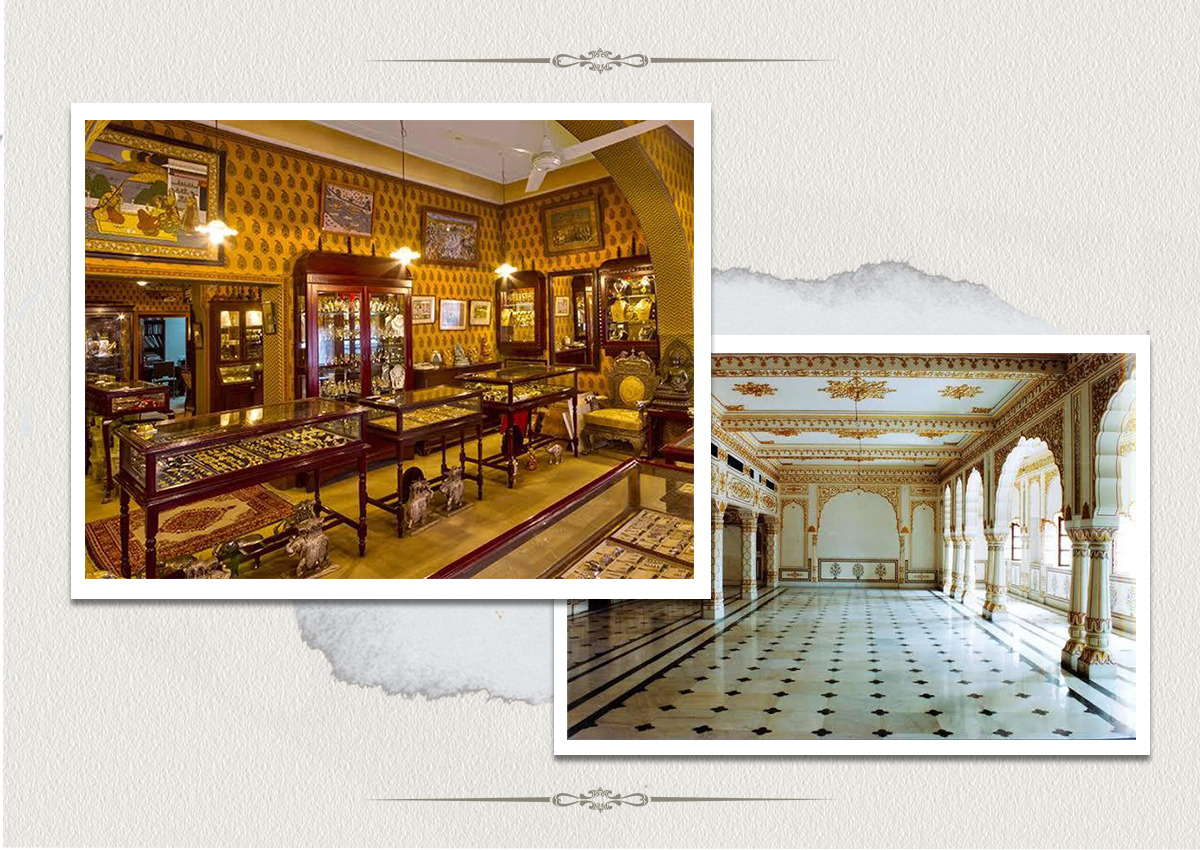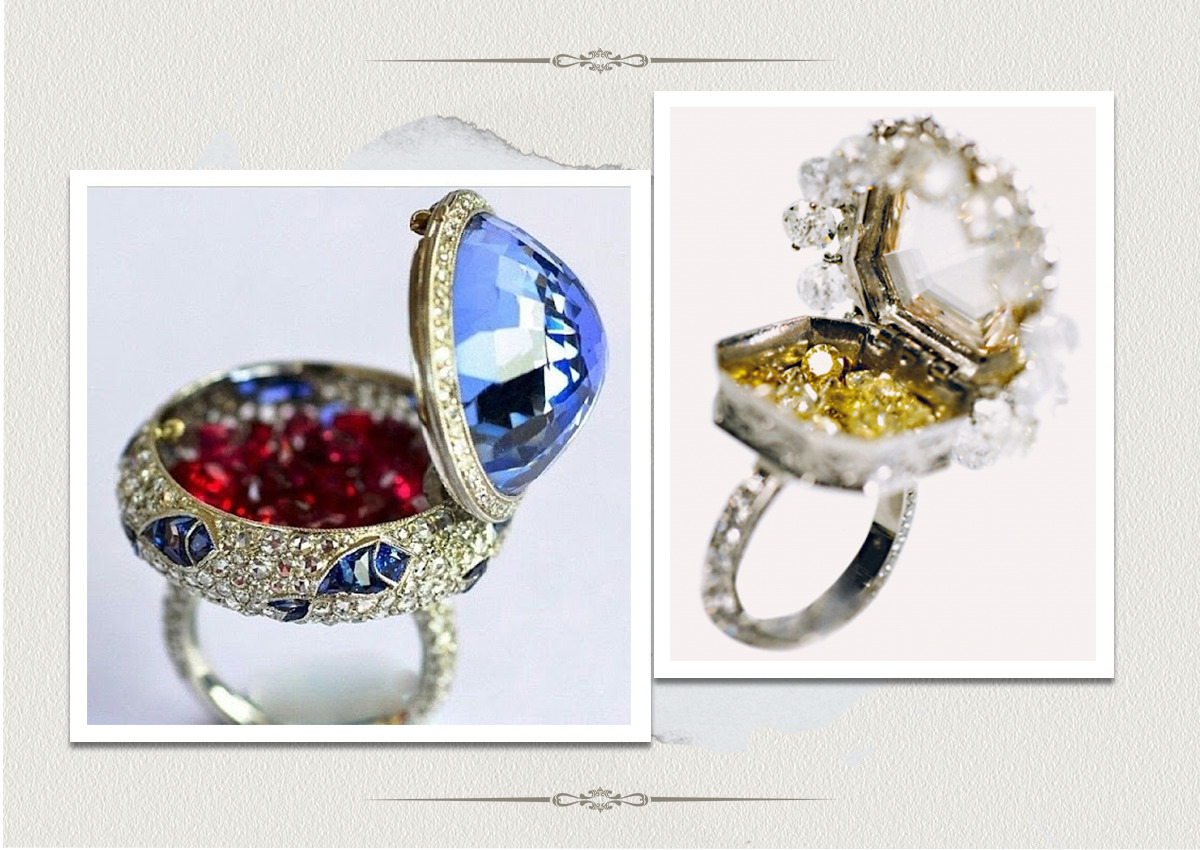Jewellery Trails: Jaipur’s Palace of Dreams
Through the Jewellery Trails series, Condé Nast Traveller India narrates the stories of cities across India, told through the voices of iconic, heritage jewellers. The first stop is Gem Palace in Jaipur, one of India’s oldest jewellery houses.

When Siddharth Kasliwal was first setting out in the family business, his now late father Munnu told him something that still guides everything he does. Munnu told the young man that whatever he created had to be, above all else, timeless. His creations had to stand the test of centuries and the changing winds of fashion, as objects of desire that simply never age.

This family ethic goes some way towards explaining how the house of Kasliwal has remained one of the pre-eminent names in luxury jewellery in India for over a century and a half. The clan’s spiritual home, the Gem Palace, has been a pilgrimage site for purveyors of objects of timeless elegance for almost 170 years.

The family’s story goes back to the early 18th century when Maharaja Sawai Jai Singh II decided to move his capital from Amber to somewhere where the water supply was a bit more reliable. He picked a spot roughly 11km away on which he lay out his ambitious plans for a magnificent capital. From the Maharaja’s thoughtfully laid out plans for the city’s six blocks or the grand blueprints for his palaces, the best of the best craftsmen were brought in from all around the country to help build a capital fit to bear the king’s name.

It was to this grand city of Jaipur that Siddharth’s ancestors were invited by the regent of the day, to be his court jewellers. Initially working from within the gates of the royal residence of the City Palace, in 1852 the Kasliwals moved into a haveli only a short distance away on Mirza Ismail Road—the very location where the Gem Palace still stands. This is where the legend began.
Born at the same time as Jaipur, the Kasliwals developed an aesthetic deeply influenced by the amazing artistic and cultural hub that was springing up around them. The city’s gorgeous architecture—fabulously colourful frescoes, entire dazzling rooms covered with mirror mosaics and intricate latticed jaali windows—provided constant inspiration. That love for the Pink City has persisted through nine successive generations of the family and is still very much part of the Gem Palace aesthetic that is now celebrated around the world.
Even today, the city plays no small part in the day-to-day creation of the beautiful objects Gem Palace is known for, says Siddharth. You can see that inspiration in meenakari enamelling, which the family pioneered, inspired by the Shekhawati frescoes that traditionally adorned buildings. It is in small details, like a framework—reminiscent of the jaali trellis windows of the Hawa Mahal—that holds in place the natural diamonds of a stunning Sarpech wedding ornament. Incredibly, this intricately crafted filigree detail is on the back of the piece, only ever revealed to the wearer. “Jewellery is not for one generation but for many generations to come,” says Siddharth. “So it has to be perfect from all sides.”

It’s also in the unseen details. Gem Palace’s poison rings are testimony. Set with a stunning gemstone as the centrepiece, these covetables are encrusted with natural diamonds in the back “for the wearer’s pleasure,” shares Siddharth. It also holds a hidden box, which served as a vessel for erstwhile maharajas to stow poison for their enemies.

Gupti, part of Kasliwals’ personal collection, is another befitting example. A gem embedded sceptre, it boasts an arresting natural diamond at its tip and a pill box with rose-cut diamonds on its head. “Gupti literally translates to a secret weapon and took our craftsmen seven years to complete,” he elaborates.

Jaipur is woven into every work of art that comes out of Gem Palace, not just in terms of design but also execution. Eschewing modern tools, karigars use traditional techniques to create each masterpiece, their hands guided by skills passed down to them by generations of their forefathers, many of whom also worked at the Gem Palace. “We also revel in the rare technique of inlay work with intricate jali methods. It’s a forgone technique revived for the love of details and heritage.” After each setting is melded, the karigars jewel them with precious and semi-precious gems, all polished by hand. Natural diamonds further elevate the designs. Siddarth believes that “No piece of jewellery is complete without the addition of a beautiful diamond in it. Natural diamonds symbolise the incredible history and regal legacy of our times and culture.
The result is a unique aesthetic, distilled over centuries, that has found favour with maharajas, viceroys, visiting princesses, first ladies and Hollywood royalty. The Vicereine of India, the Marchioness of Linlithgow famously appointed Gem Palace as her official supplier of beautiful fine jewellery during her time in the subcontinent. And her successor, the last British Vicereine Lady Mountbatten, was said to be so incredibly fond of the Kasliwals’ creation that she was present alongside Prime Minister Jawaharlal Nehru and future Prime Minister Indira Gandhi to celebrate 100 years of the Gem Palace in 1952.
Patrons have come from far and wide to touch and feel these beautiful pieces of art. Jacqueline Kennedy Onassis, the First Lady of the United States, stopped by on her visit to India 10 years later. So did Princess Diana, another style icon, when she toured the country another three decades later. Everyone from Oprah Winfrey to Gwyneth Paltrow and Nicole Kidman has spent hours perusing the gorgeous pieces of art at the Gem Palace. “My father told me one thing,” Siddharth shares, “jewellery and stones should bring you happiness. There is this bond that happens when you hold the stone for the first time. The stone is speaking to you.”

For the family, Gem Palace is so much more than a business. Nine generations of Kasliwals have been raised within its hallowed walls, inheriting a love for beautifully crafted jewellery and stunning natural diamonds and gems. Wherever they go, and whatever piece of jewelled art they craft, they still live by the long-held family wisdom that people come and go but jewellery lasts forever.
